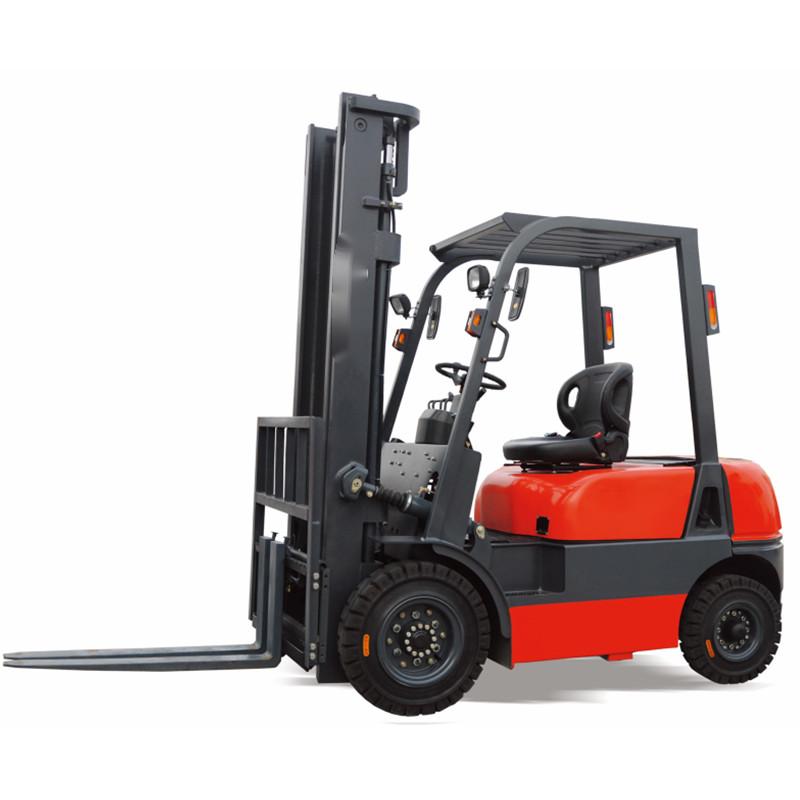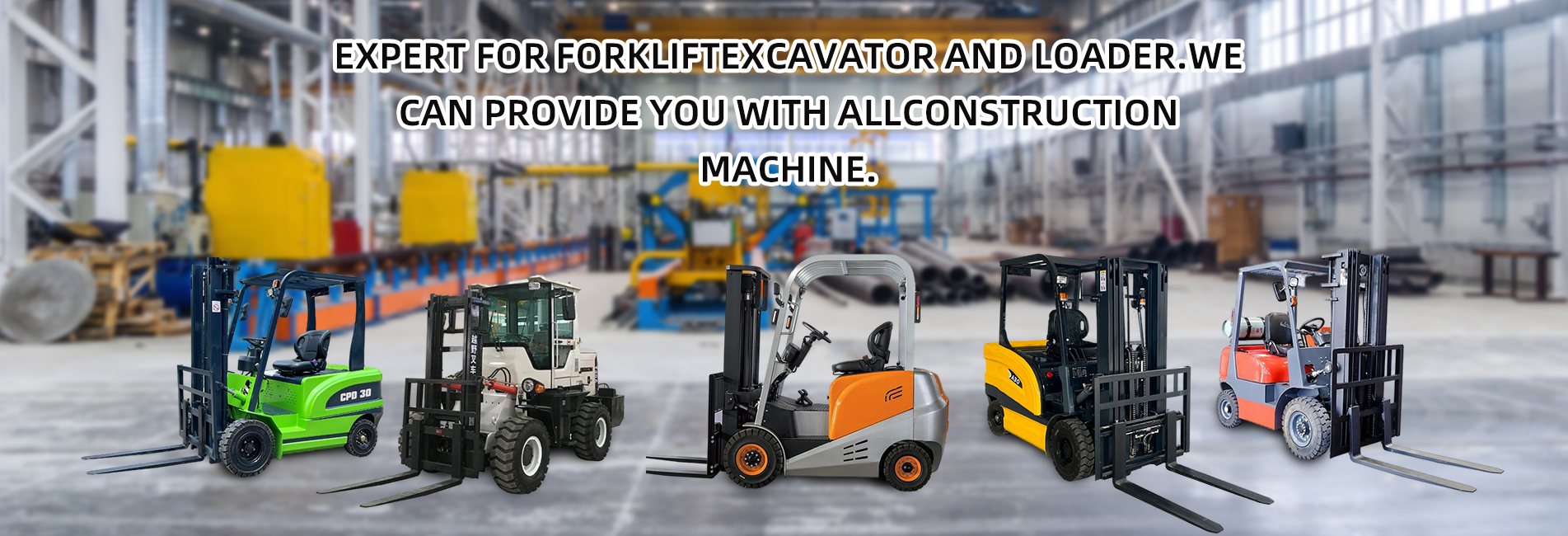Fuel-powered forklifts (such as diesel, gasoline, and liquefied petroleum gas forklifts) are not completely prohibited from being used indoors, but due to their working characteristics and potential risks, their indoor use is subject to strict conditional restrictions and is generally not recommended as the first choice. The following is a detailed analysis:

1. Core issues of using fuel-powered forklifts indoors
- Severe exhaust pollution
Internal combustion forklifts produce harmful gases such as carbon monoxide (CO), nitrogen oxides (NOx), hydrocarbons, and particulate matter when burning fuel. In enclosed indoor spaces with poor ventilation, these gases can accumulate rapidly:- Carbon monoxide is a colorless, odorless, and highly toxic gas. Excessive concentrations can cause oxygen deprivation, coma, or even death.
- Nitrogen oxides and particulate matter can irritate the respiratory tract, and long-term exposure may lead to lung diseases.
- Oil fumes and odors can also contaminate goods (such as food, pharmaceuticals, and precision instruments), failing to meet hygiene or quality standards.
- Significant noise pollution
The engine noise of fuel-powered forklifts is usually 80-100 decibels (equivalent to the noise of motorcycles or electric drills), which is much higher than the comfortable range for indoor environments (below 50 decibels). A long-term high-decibel environment can damage the hearing of operators and interfere with other operations (such as office work, quality inspection, and precision machining). - High safety hazards
- Fuel leakage may cause fires or explosions, especially in indoor environments where flammable and explosive materials are stored, posing extremely high risks.
- During engine operation, there are high-temperature components and open flames (such as spark plugs), which may ignite surrounding combustible materials.
2. Permissible conditions for using fuel-powered forklifts indoors
If fuel-powered forklifts must be used indoors due to special circumstances (such as temporary operations, lack of charging facilities, etc.), the following strict conditions must be met:
- Mandatory ventilation requirements
A powerful ventilation system (such as industrial exhaust fans, fresh air systems) must be equipped to ensure sufficient circulation of indoor air with the outside, and control the concentration of harmful gases within a safe range (for example, China's "Occupational Exposure Limits for Hazardous Factors in the Workplace" stipulates that the short-term exposure limit for carbon monoxide is 30mg/m³). - Restrictions on operation time and area
Operation is only allowed temporarily and for a short period (such as a few minutes to half an hour), and must be away from crowded areas, food/pharmaceutical storage areas, and flammable and explosive areas. - Use of clean energy types
Relatively speaking, the exhaust pollution of liquefied petroleum gas forklifts is slightly lower than that of diesel/gasoline forklifts (with more complete combustion). They can be used cautiously in well-ventilated semi-enclosed indoor spaces (such as large workshops and high-roof warehouses), but strict control is still required.
3. Restrictions from regulations and industry standards
Many countries and regions have clear restrictions on the indoor use of fuel-powered forklifts:
- The EU's "Industrial Emissions Directive" stipulates that the use of internal combustion equipment in enclosed spaces must meet strict emission and ventilation standards; otherwise, it is prohibited.
- China's "Warehouse Fire Safety Management Rules" require that fuel-powered equipment is strictly prohibited in warehouses storing flammable and explosive materials.
- GMP (Good Manufacturing Practice) in industries such as food and pharmaceuticals explicitly prohibits fuel-powered forklifts from entering clean areas to avoid product contamination.
Conclusion
The indoor use of fuel-powered forklifts is a "not recommended but conditionally permitted" behavior:
- For long-term and high-frequency indoor operations (such as warehouses, workshops, and distribution centers), fuel-powered forklifts have been replaced by electric forklifts as the first choice due to pollution, noise, and safety issues.
- They can only be used for a short time in special scenarios that are temporary, have excellent ventilation, and have no cleanliness/safety requirements, with protective measures in place.
From the perspectives of compliance, safety, and environmental protection, electric forklifts should be preferred for indoor operations, while fuel-powered forklifts are more suitable for outdoor or open-air places with extremely good ventilation (such as docks and freight yards).


